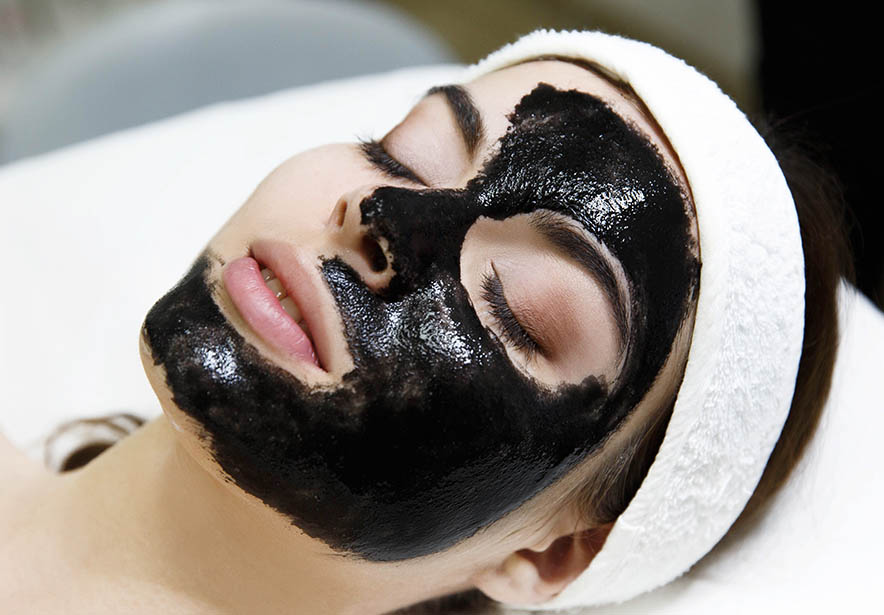
---
---
---
---
Carbon peeling is used to cleanse the skin pores and to even out skin tone irregularities. It is also applied to reduce acne scars. The procedure is based on applying a carbon-based lotion to the skin and then activating it with laser light.
As a type of skin rejuvenation and renewal treatment, carbon peeling removes dead skin cells from the outer layer of the skin. As a result, the skin becomes visibly smoother and more radiant. Thanks to its sebum-regulating effect, it also helps reduce the risk of acne formation.
Medical Aesthetic Doctor Lida Çiteli, who practices in Istanbul, explains everything you need to know about carbon peeling.
Carbon peeling helps remove impurities such as dirt, oil, and dust from the skin. This treatment, which can be described as a type of active carbon mask, is used for skin renewal and cleansing. It gives the skin a brighter and more radiant appearance. When performed regularly, it provides noticeable and long-lasting results.
Carbon peeling is a painless and safe procedure. When performed by a qualified medical aesthetic doctor under sterile and hygienic conditions, it poses no risk. If you wish to refresh and rejuvenate your skin, you can benefit from the carbon peeling treatment.
Although both carbon peeling and dermapen treatments are popular skin rejuvenation procedures, there are fundamental differences between them.
Dermapen stimulates the skin’s natural repair mechanisms and triggers collagen production. It is performed using fine needles, making it a minimally invasive and slightly uncomfortable procedure. It is commonly preferred for skin renewal, acne scars, and pigmentation issues.
Carbon peeling, on the other hand, is a non-invasive and more comfortable treatment. It involves applying a carbon mask to the skin’s surface and activating it with laser shots. It can be performed on active acne-prone skin and helps regulate excess sebum production.
If you have active acne lesions, it may be advisable to start with carbon peeling and later switch to dermapen under your doctor’s recommendation.
Carbon peeling deeply cleanses the skin by removing oil, dirt, and debris from the pores. It significantly reduces the appearance of blemishes and uneven pigmentation, giving the skin a radiant glow. It also helps eliminate bacteria that cause acne and pimples, thus preventing new breakouts.
The treatment provides visibly cleaner, smoother, and healthier-looking skin.
Carbon peeling is a painless procedure, so no anesthetic cream is required beforehand. First, a thin layer of carbon mask is evenly applied to the skin. Then, the carbon film is fragmented using laser shots. A second round of laser light is applied to enhance the skin’s brightness and texture.
The entire procedure typically takes 15–20 minutes. Noticeable results usually appear after the third or fourth session. When applied to larger areas such as the neck or décolleté, the procedure may take up to 40 minutes, depending on the individual’s skin condition.
Unlike many other peeling treatments, carbon peeling can be safely performed during the summer months.
While traditional peels may irritate the skin when exposed to sunlight or sweating, carbon peeling has a gentler mechanism. It only requires basic post-treatment sun protection.
Typically, a carbon peeling treatment plan includes 8 to 10 sessions, but this number may vary according to the patient’s skin needs.
Carbon peeling can be applied to a wide range of skin types, particularly:
Even individuals without major skin problems may undergo the treatment for general skin cleansing and revitalization. It is a safe and comfortable option with minimal side effects.
The main benefits of carbon peeling include:
Thanks to these numerous benefits, carbon peeling has become one of the most popular non-invasive skin rejuvenation treatments. It should always be performed by a qualified medical aesthetic doctor under sterile conditions.
Carbon peeling is a safe procedure with no significant side effects. However, individuals with extremely sensitive or very dry skin may experience mild irritation. In rare cases, temporary redness or itching may occur, but these effects subside quickly.
After undergoing carbon peeling, the following recommendations should be followed:
Does Carbon Peeling Lighten Facial Hair?
Yes. Carbon peeling can also be used to lighten dark facial hair, providing a subtle bleaching effect.
Does Carbon Peeling Improve Skin Spots?
Yes. By deeply cleansing the skin, it evens out skin tone and visibly reduces the appearance of sunspots and pigmentation.
How Long Does It Take for the Skin to Heal After Carbon Peeling?
Carbon peeling does not cause downtime. Mild redness or itching may appear temporarily but usually disappears within 4–5 days.
Note: Our content on diseases and treatment methods is for informational purposes only. Consult your doctor or a health care provider on all matters related to your health.
Copyright © 2025 Dr. Lida Çiteli. All Rights Reserved.
sahne
medya